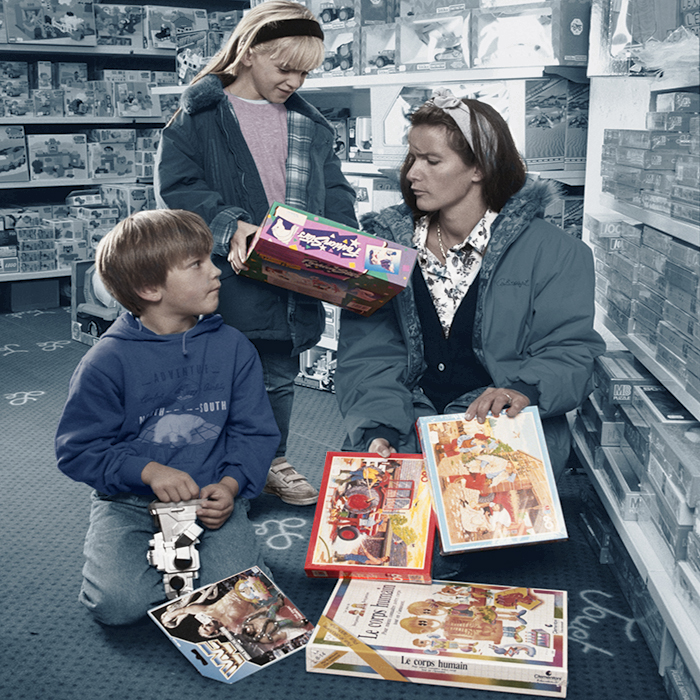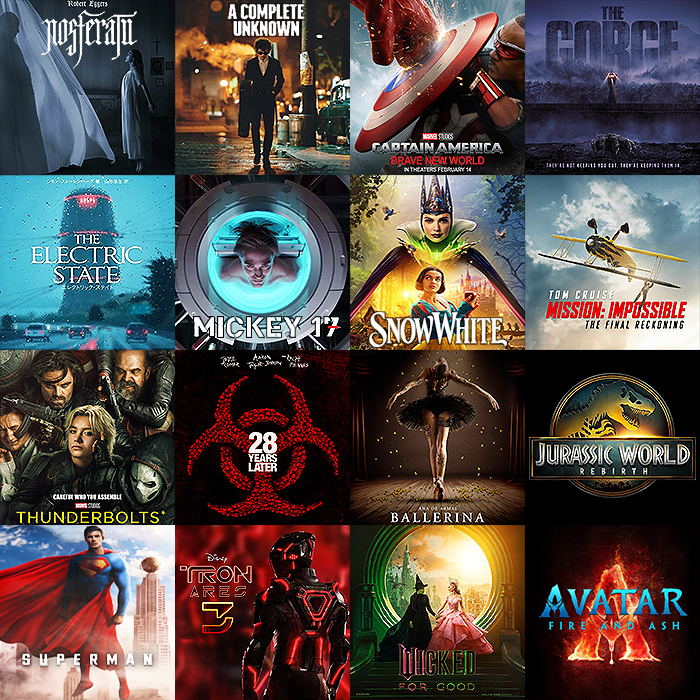Several retailers are removing the distinction of boys' and girls' toys

I’m all for propriety, due consideration and a degree of neutrality, but the PC-correctness bandwagon is somewhat rolling out of control at the moment. People are finding fault with every single type of behaviour and innocent activity - even children’s dressing-up is now often being branded as racism and cultural (mis-) appropriation! As kids in Iceland, we used to play a lot of ’cowboys and indians’ after the comic books we read and movies and TV series we watched - and we mostly wanted to be indians as we liked the bows and arrows and the feathered headdresses and costumes overall. This was simply and wholly innocent fantasy role-playing with no negative or ill-meaning overtones at all. Today though everything seems to be politicised, and every innocent gesture or activity earns legions of critics decrying it as senseless and cruel bigotry of some kind - which is quite patently wrong and a gross and exaggerated reaction.
For the last few years there has been a movement called ’Let Toys Be Toys’ - which has sought to remove any kind of distinction between toys aimed at boys and girls. Any marketer though will tell you that a successful marketing campaign relies on precise targeting of the most likely and most receptive audience group. To this end there are propensities, proclivities and personal preferences that skew certain items more towards one gender than another.
At Christmas, the John Lewis website has a great landing page where you can search for likely gifts - for boys or girls by age range. These are of course just suggestions, much like the serving suggestions you get on packaged food and ready meals - they’re not going to be wholly accurate or necessarily 100% applicable, but they will be based on empirical studies - which identify that boys and girls tend to be more or less interested in one thing over another - in terms of law of averages and median behaviour.
I have 12 nephews and nieces and have been buying presents for some of the older ones for nigh on 20 years. I always ask them to give me an indication of what they like - a wishlist as it were - which I pick from. In all this time, all 12 of them have requested almost entirely items which would be considered more biased towards their gender - i.e specifically girls’ or boys’ gifts - toys, gadgets, clothing, makeup, jewellery etc.
Toys R Us is one of the many big retailers that has fallen under the spell of the PC brigade - and has now removed the ’for boys’ and ’for girls’ category headings / labels. Making it far more difficult for the casual browser to easily find something more likely to be appreciated by the intended boy or girl gift recipient. Nowhere in any of this does it say that you can’t buy across gender recommendations - there really should not be any kind of stigma attached to boy or girl recommendation labels.
Lego strangely is one of the companies that has come under heavy criticism for having a specific pink-packaged ’Friends’ range (actually more purple really) aimed at girls. Yet the market research shows that significantly fewer girls bought Lego before the Friends range was introduced. After launch, the growth in Lego being bought for and by girls has shot up by several hundred percent- totally supporting all the research Lego carried out in the development of this range.
There’s nothing wrong with using different colours to distinguish different packaged ranges. And if you did a straw poll, there would be a significantly higher number of girls who selected pink as their favourite colour versus blue or red say for boys. Marketing is an applied science based on conducting controlled customer surveys / experiments on your likely target audience. You will be able to ascertain who is the most likely customer, and what stimuli - including colours, textures and other themes work best to attract them towards your particular product.
If you conduct proper research you will find that a significant number of toys have an intrinsic gender bias - i.e. how likely they are to appeal to either boys or girls. I know from my own extensive purchasing feedback that Barbie Dolls, Bratz and My Little Pony tend to be better received by girls, while action figures, tin soldiers / modelling kits, robots etc., are favoured by boys. Boys and Girls like to have their own stuff, as can be seen by such launches as the successful Nerf Rebelle Guns for Girls range - which 2 of my nieces wanted for last Christmas.
When I buy Music or Films, these are very heavily labelled and categorised. Film in particular has a certain generic type of gender bias in the typical girls’ night films, versus boys’ night films. Sure some of these are tropes and stereotypes, and although they don’t necessarily apply to absolutely everyone, they are usually pretty good yardsticks.
One of the reasons the John Lewis Christmas experience is so good is how they do such a great job of identifying best-fit gifts per gender and age-range. When I’m stuck for ideas, I always use this. I am certainly not prejudiced in my views, nor bigoted in my generosity - I will pretty much buy anything requested - permitting I can reasonably afford it of course, and that the quality is good enough. I also like to give gifts that have my personal stamp of approval on them - i.e. show a little extra thought and care and attention has gone into the buying process. Beyond that I don’t stick any additional filters on it. I have bought toy cars for a niece before and a soft toy targeted at girls for a nephew - I have no issue with ’serving suggestions’ or going against type at times - these are just ’suggestions’.
There was a case not long ago of a girl who complained that Clarks only had dinosaur motif shoes for boys, and that butterfly motif shoes for girls were sexist and wrong - as she preferred the dinosaurs. I can however attest that I have seen butterfly motif shoes on the feet of pretty well all my nieces at some stage in their development - and no dinosaurs. I’ve spoken before about how important customisation will be in the future, and with 3D printing and modern manufacturing techniques, accommodating more diverse requirements will be more easily and more economically achievable. However, cheap mass-manufacture will always rely on churning out common-denominator products, meaning that your preferred motif may be targeted at another gender - there is nothing stopping you from buying that item though if you like it, and if it fits.
I have personally bought T-shirts and Knitwear for myself which was made for and marketed at women. And women have long been wearing ’boyfriend’ jeans and trainers - initially ’borrowed’ from their male partners, but now manufactured as a type specifically targeted at girls. There is nothing wrong with gender being a fluid concept and having clothing ranges which are Gender Neutral / Agender / Unisex or otherwise. Within every nation there are variations of shape, size and taste along with cultural considerations - people from South East Asia tend to be shorter, and people from Holland tend to be taller - and manufacturers and marketers will target those actualities.
Why we have quite so many campaign groups at the moment trying to homogenise and neuter everything is quite the mystery to me ... ask any child psychiatrist and they will tell you that there are a number of distinctive boy and girl behavioural traits - surely we can celebrate diversity while acknowledging majority preferences and recommendations based on such.

Did you find this content useful?
Thank you for your input
Thank you for your feedback
Upcoming and Former Events
Affino Innovation Briefing 2024
Webinar - Introduction to Affino's Expert AI Solutions - Session #2
Webinar - Introduction to Affino's Expert AI Solutions - Session #1
PPA Independent Publisher Conference and Awards 2023
Meetings:
Google Meet and Zoom
Venue:
Soho House, Soho Works +
Registered Office:
55 Bathurst Mews
London, UK
W2 2SB
© Affino 2024



















